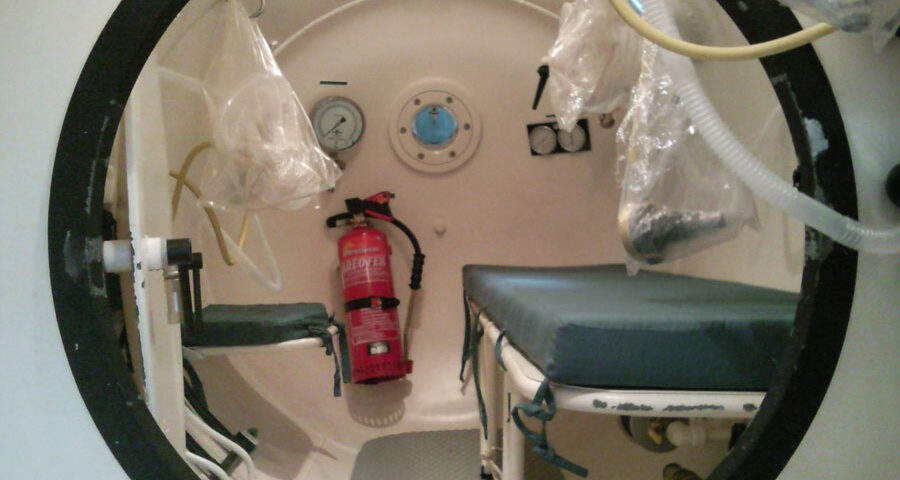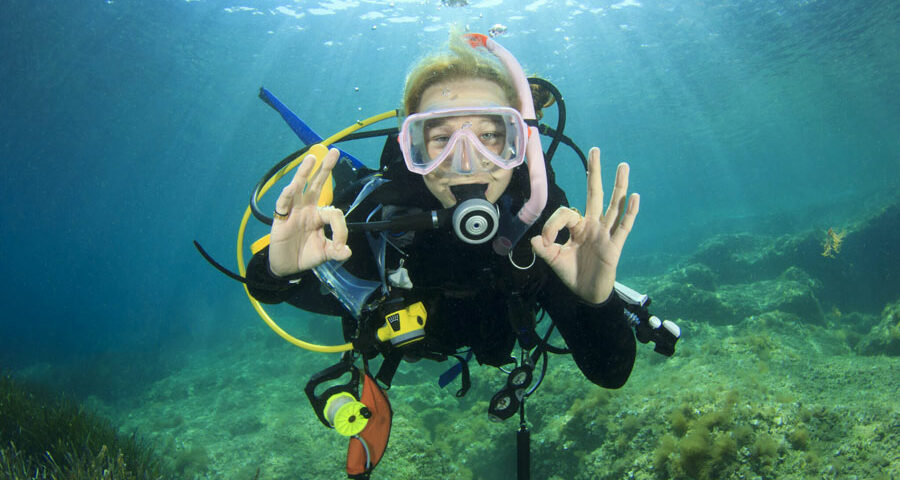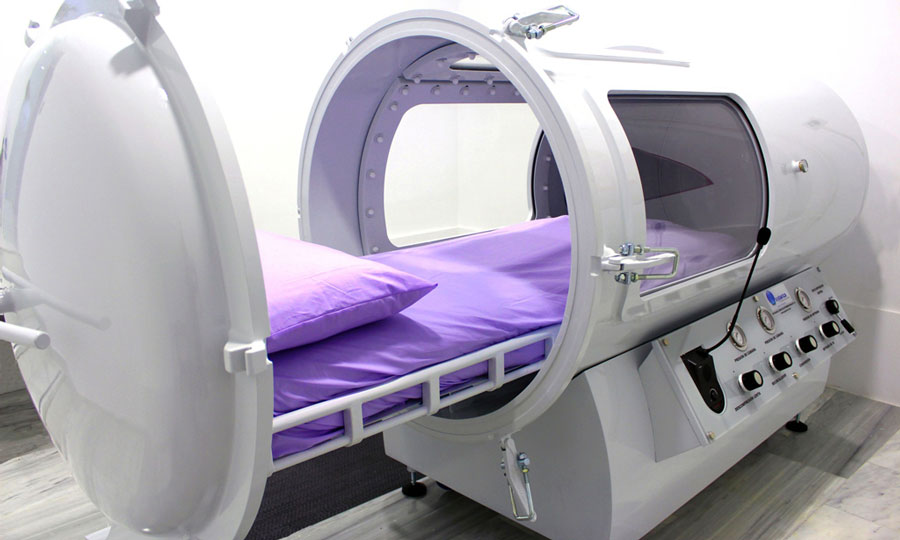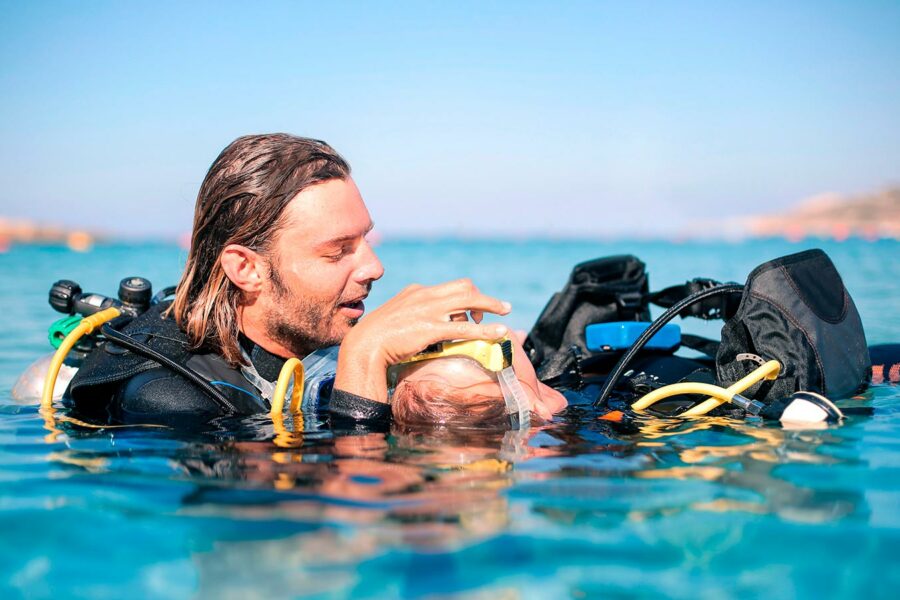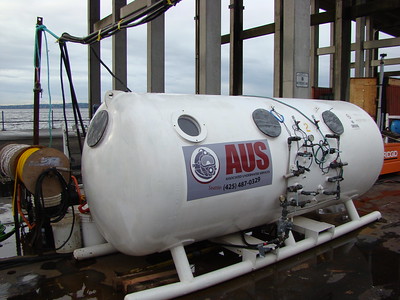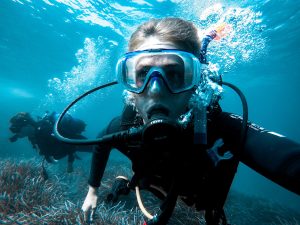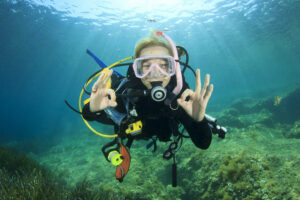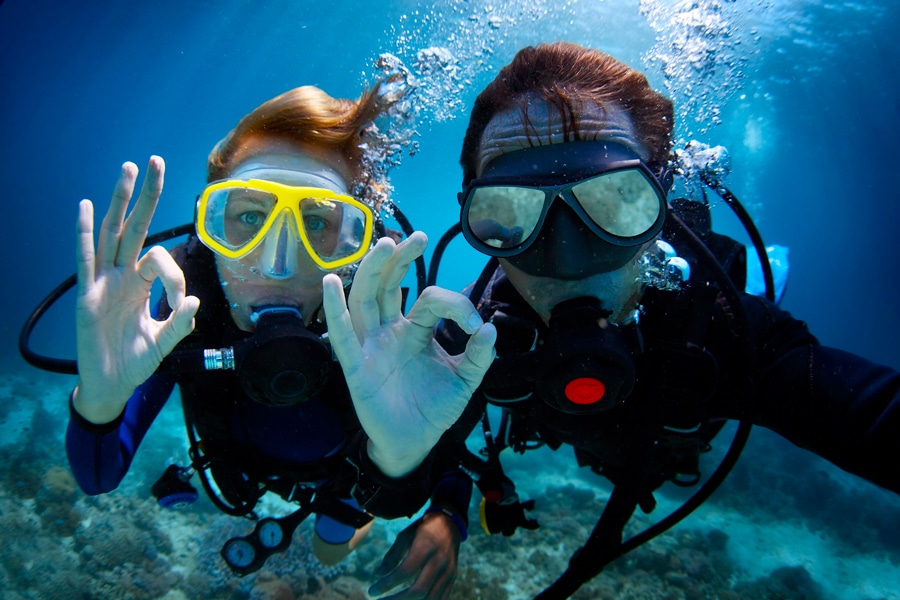When Javier Ibrán founded the first Dressel Divers dive center in the Caribbean in 1994, looking for the nearest decompression chamber and drawing up a collaboration agreement for its maintenance was one of the first things he did.
All Dressel Divers dive centers in the Caribbean Sea, Atlantic Ocean, and the Mediterranean Sea have a similar agreement with the nearest decompression chamber.
Decompression chambers and professionals who work there are expensive to maintain, more so if they have to be open 24/7, even more in countries with scarce economic resources.
People who dive with Dressel Divers are sure they can count on a hyperbaric dive chamber even if they don’t use it at all.
We have an unstained historical safety record with a 0% accident rate thanks to our exquisite safety measures. Still, we know that having a hyperbaric chamber near our bases is a treatment guarantee and the best way to treat decompression injuries should they occur. Thus, all Dressel Divers professionals and guests contribute to their maintenance. We do that only to keep it working, even if we never need it.
Today we talk about decompression chambers. Take a look at the table of contents.




